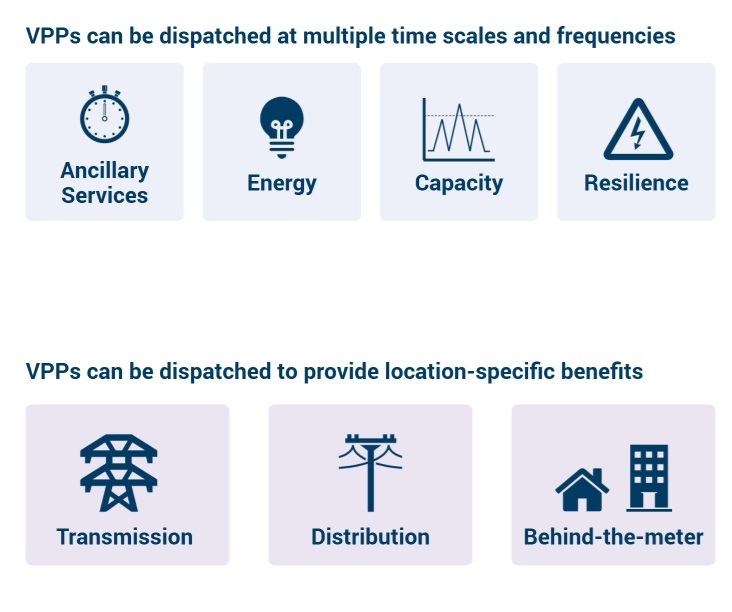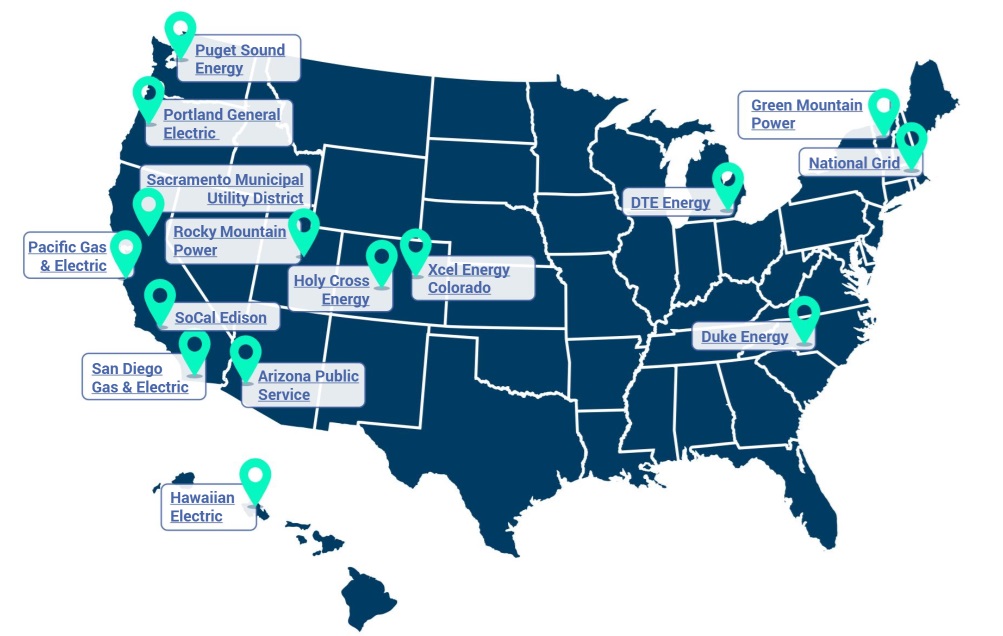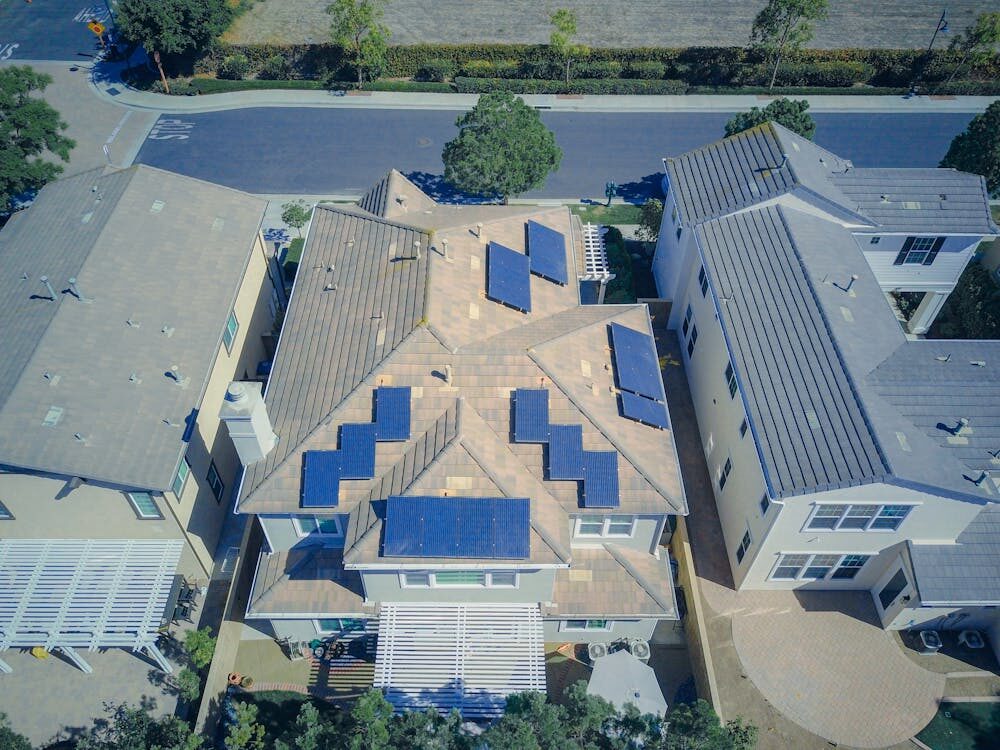We need every tool in the toolkit to improve grid reliability, and we need them now, RMI’s managing director, Mark Dyson, told the pv magazine USA Week audience.
Virtual power plants (VPPs) are an aggregation of small-scale distributed energy resources including solar energy systems, electric vehicles (EVs), EV chargers and demand response devices such as water heaters, thermostats, appliances and more.
Mark Dyson, managing director of Rocky Mountain Institute (RMI) joined pv magazine USA Week to review the context and trends driving VPPs.
“Now is the moment to scale virtual power plants to meet the pressing needs that we have in this country,” Dyson stated. RMI developed the Virtual Power Plant Partnership or VP3, which now has 20 members.
VP3 is working toward a future where businesses, households, and communities are empowered through VPPs that can help to support cost-effective energy, emissions reductions, and a more resilient electricity grid. Initial funding of the VP3 effort came from General Motors and Google Nest. Founding members include Ford, General Motors, Google Nest, OhmConnect, Olivine, SPAN, SunPower, Sunrun, SwitchDin, and Virtual Peaker.
Part of the reason why we need VPPs at this time is the incredible electricity demand growth the nation is experiencing for the first time in 15 years, said Dyson.
In addition to load growth, the country is experiencing more power outages. For example, 2.5 million customers lost power when Hurricane Milton made landfall last month. The challenge of resiliency coupled with growing energy demands “is a reason why we need every tool in the toolkit to improve grid reliability and resilience,” Dyson said.
Dyson highlighted forward-thinking utilities who are using batteries and solar to help customers improve their own resilience, pointing to Green Mountain Power, Holy Cross Energy, Duke Energy and PG&E as good examples. RMI looked at how utilities are partnering with VPP companies to take advantage of existing assets that are already bought and paid for on the grid. By combining the assets, the VPPs access the distributed generation in what Dyson said is a more affordable way than building a new power plant from scratch.

Using examples from Ontario, California and Texas, RMI looked at how VPP’s can grow and adapt with grid needs over time. They can meet peak demand requirements while also remaining flexible to meet utilities’ needs as they evolve over time, Dyson said.
RMI released the VPP Flipbook that looked at more than 15 programs out of over 500 that exist in the U.S. today. The programs selected represent a gigawatt and a half of capacity with almost 4 million customers.

The report offers a roadmap for utilities to see how they can pick and choose the best practices in order to meet the needs to customers.
The VPP space is gaining allies across the U.S. For example, the VPP accelerator for federal buildings aims to unlock the “amazing latent capacity of virtual power plants across 3 billion square feel of real estate that the federal government controls.” VPPs are a bipartisan solution that can help meet the grid challenges of the future, he said.
RMI estimates that there’s about 75 GW of new on-peak demand coming in the U.S. by the end of this decade.
“On top of that, we think we’re going to retire may 100 GW or 120 GW of uneconomic, polluting coal and gas-fired plants that no longer makes sense to continue operating,” Dyson said, concluding that “in total we have about a 200 GW gap to fill by the end of this decade to meet the reliability imperative that we have—and not a lot of time to do it.”
The good news is that leading utilities are integrating VPPs into their business models and supportive policy at both the state and federal level is being developed, Dyson said. He pointed to a bill recently passed Colorado that incentivized utilities and requires them to use VPPs as part of their distribution planning process going forward to reduce customer cost.
“We’re going to continue moving forward and scale best practices across the VPP programs to make them go from interesting to inevitable and obvious by the end of the decade.” One important step, he said, is to improve the way programs are designed at the utility level and we need to rethink how utilities are bringing these customer-sided resources into the planning process in order to fully tap their benefits.
Watch Day Two of pv magazine USA Week including a keynote by Mary Powell of Sunrun, a panel discussion with distributed generation leaders and a presentation on community solar by Jeff Cramer of the Coalition for Community Solar Access.
Popular content




